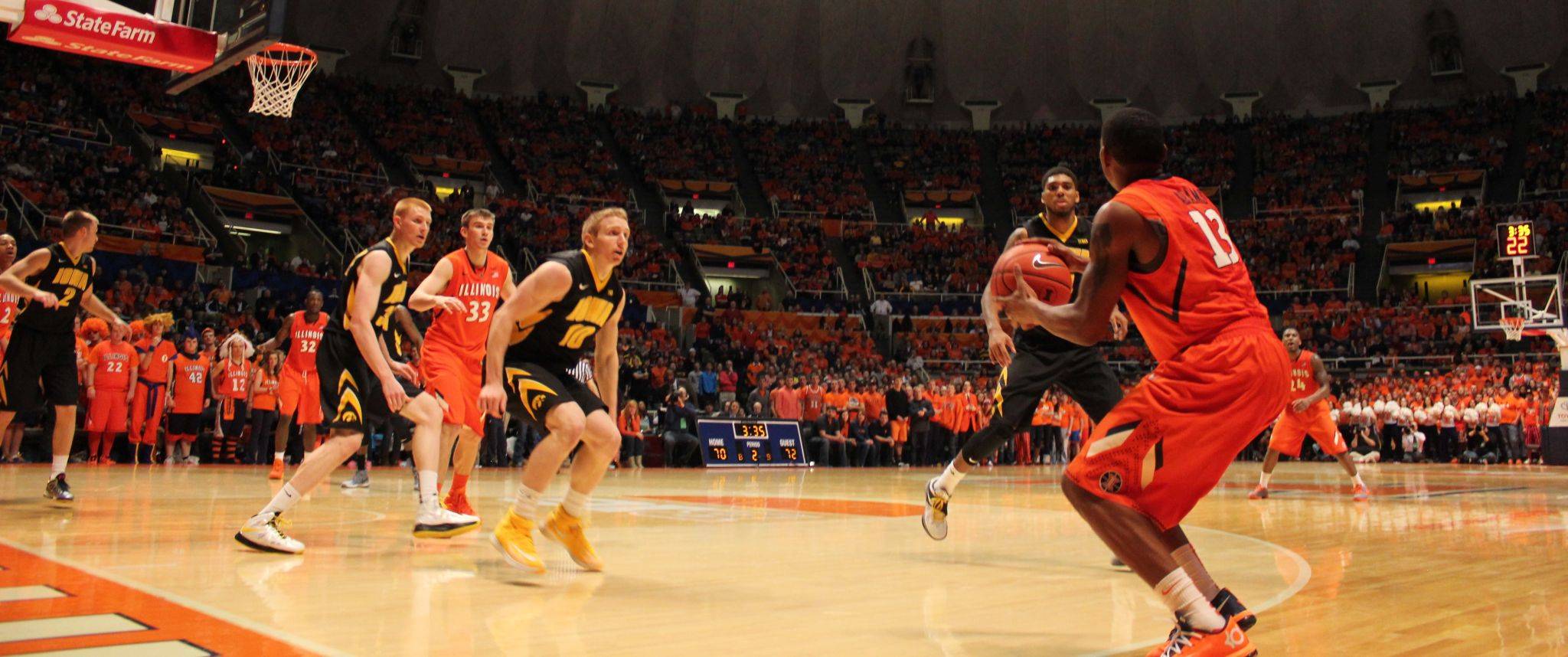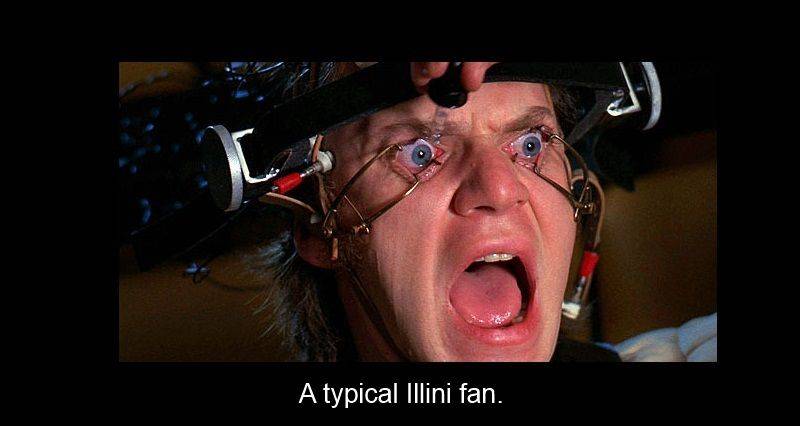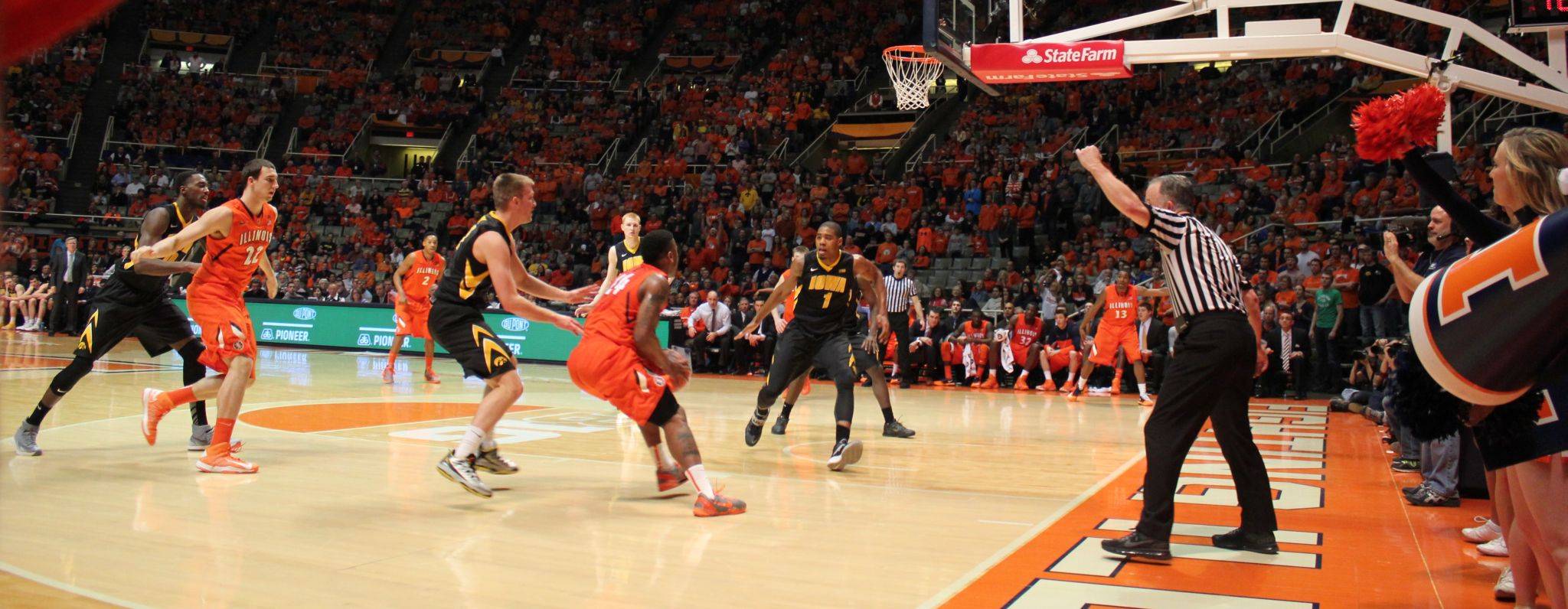I have good news and bad news for John Groce. The good news is that Illini fans were not booing his players on Saturday. The bad news is that fans were booing his offense Saturday.
College basketball is all about the coach, while pro basketball is all about the players. You’ve heard it before, you’ll hear it again.
John Groce was a math major, so he knows about transitive and associative properties. He knows about set theory. As John Groce likes to say when not quite criticizing his players “he knows that.”
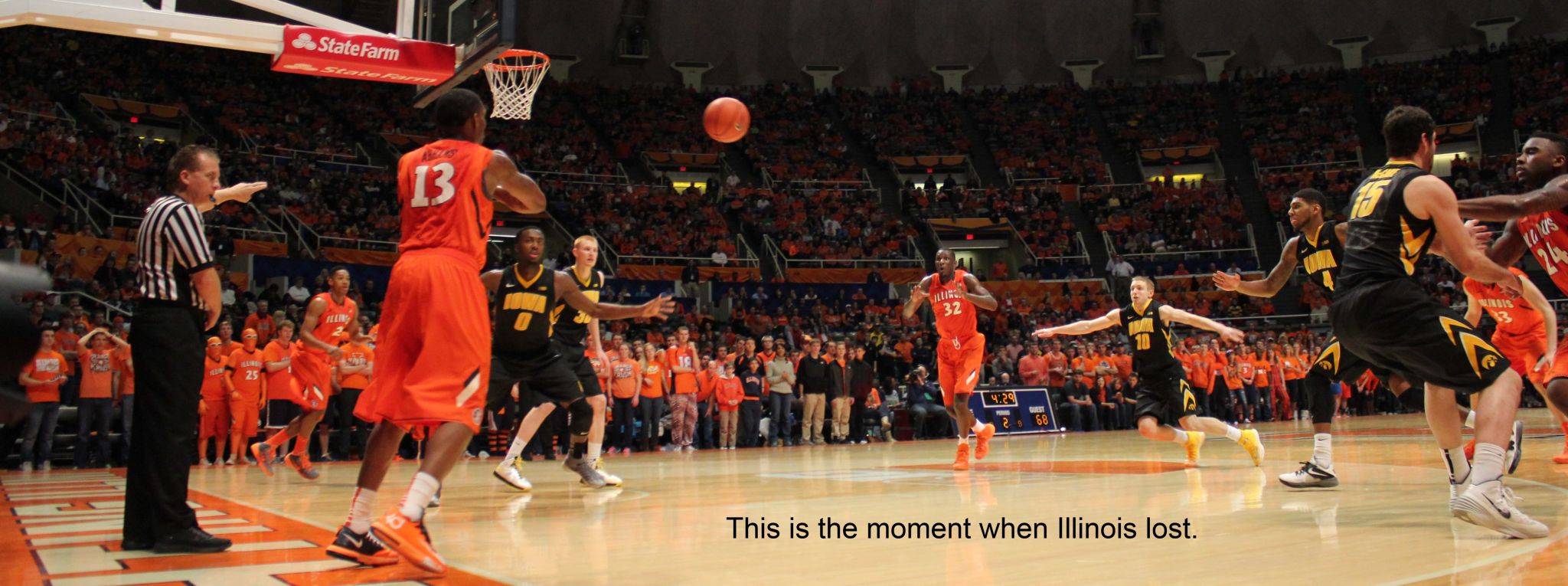
In his somber post-Iowa presser, Groce said it’s OK to criticize him. So in a way, the bad news I have for Groce is good news: By booing his offense, the fans were booing John Groce.
Groce makes $1.5 million in a down economy. I think it’s OK to criticize him, too.
Because John Groce is a teacher, his goal is to make his team better over the course of an academic year. He’s never said “I don’t care about winning and losing” but he’s come close, frequently.
When I wrote Tuesday night in Atlanta, John Groce did not give his team their best chance to win, it replaced my initial phrasing “John Groce did not do everything in his power to win this game.”
The italics implied a long view. My theory was that John Groce sacrificed a win to preserve Tracy Abrams. Two weeks later, in Saint Louis, the strategy seemed to pay dividends.
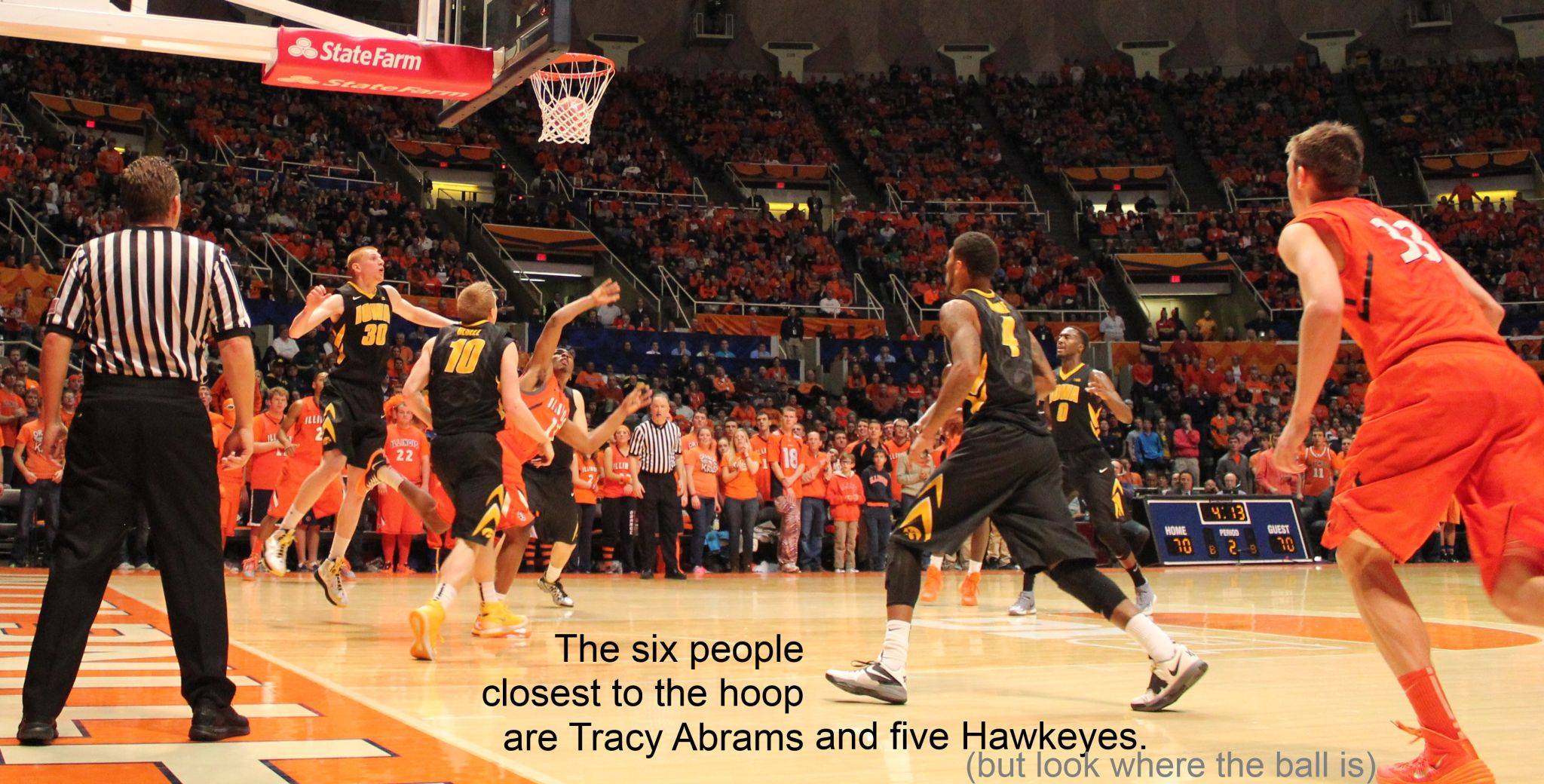

I’ve contemplated that unused sentence ever since. Groce continues to stick by Tracy Abrams. Tracy continues to drive against triple-teams in late game situations. Groce and his stats guys could tell you the exact number of times this strategy succeeds. I’d guess it’s about 2 of every 9, but it might be more like 1 in 3.
As I’ve written many times, Tracy is a bulldog. That’s a good thing. I don’t want to muzzle him.
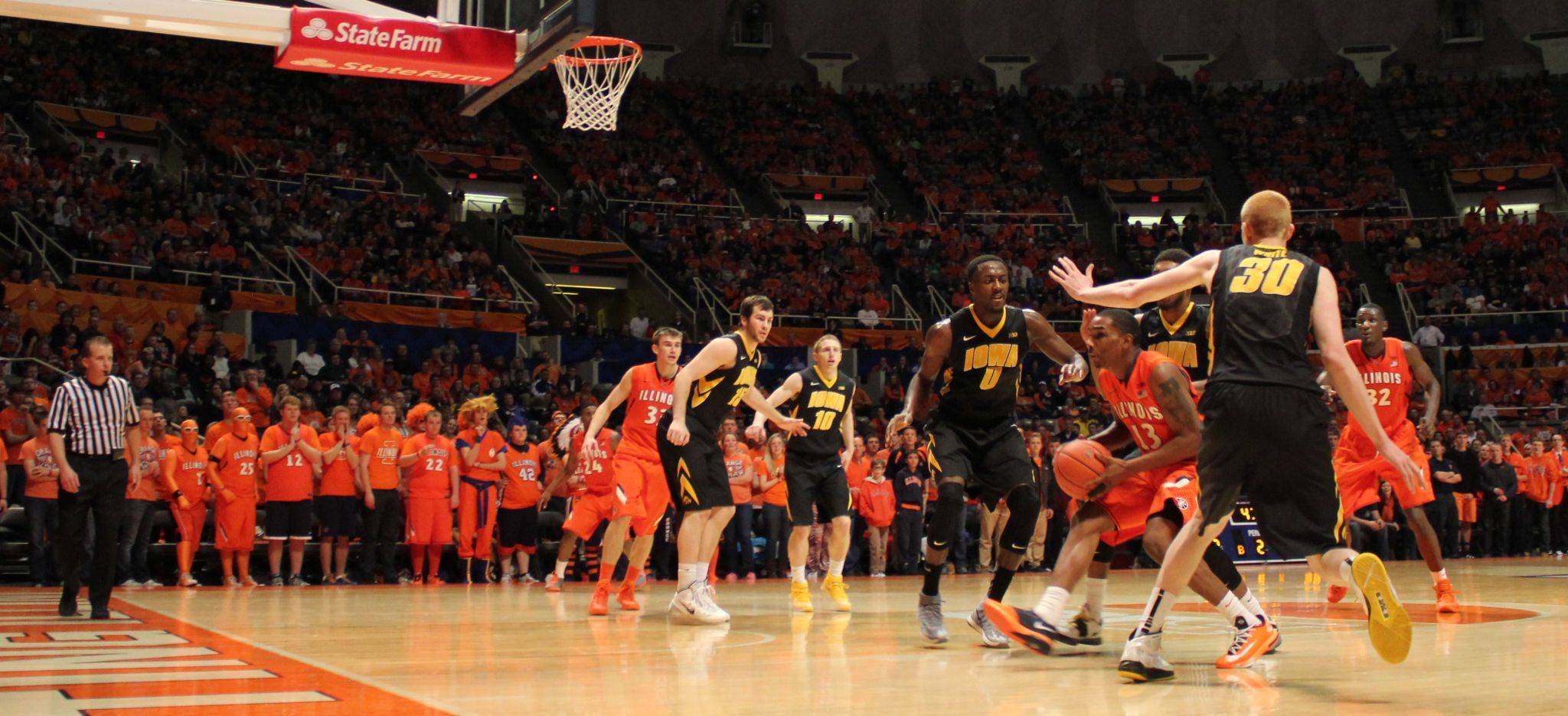
Recent Illini history includes three memorable occasions when Illini fans voiced their exasperation. Against Cornell, it was mostly groaning, the type we all heard Saturday as Tracy Abrams slowly walked the ball upcourt, with 37 seconds remaining and Illinois trailing Iowa by six points.
Three days earlier, Cliff Alexander heard the hearty booing of an uninhibited, alcohol-soaked Chicago-based Illini fandom which, reasonably, viewed the UNLV shellacking as the last straw for Bruce Weber. (Note to Groce: To the extent that it affects the choices of top recruits; it’s your job to stop fans from booing, not the other way around.)
The dwindling Champaign crowd chimed in three weeks later, booing the team’s inability to get a shot off against Nebraska, on the last possession of the first half.
There’s one guy who draws up the play in timeouts. There’s one guy who hollers for movement on court. Back then, it was clearly Bruce Weber’s direction — hapless bouts of running in circles — that fans booed.
John Groce gives the impression — and states outright — that he wants to get the best from each of his teams. I applaud that sentiment.
The results are not as laudable. The Illini look headless at games’ end. It’s not just Iowa. They look headless generally. Tracy Abrams versus three tall defenders is not your best option. Dribbling slowly up the court is not aggressive, and won’t score three baskets in 37 seconds. This Illini team continues to betray its profound misunderstanding of situation, its misconception of time.
In one sense, it doesn’t matter. Groce gets a pass on this year. But Illinois could have won, and instead it lost in easily predictable fashion.
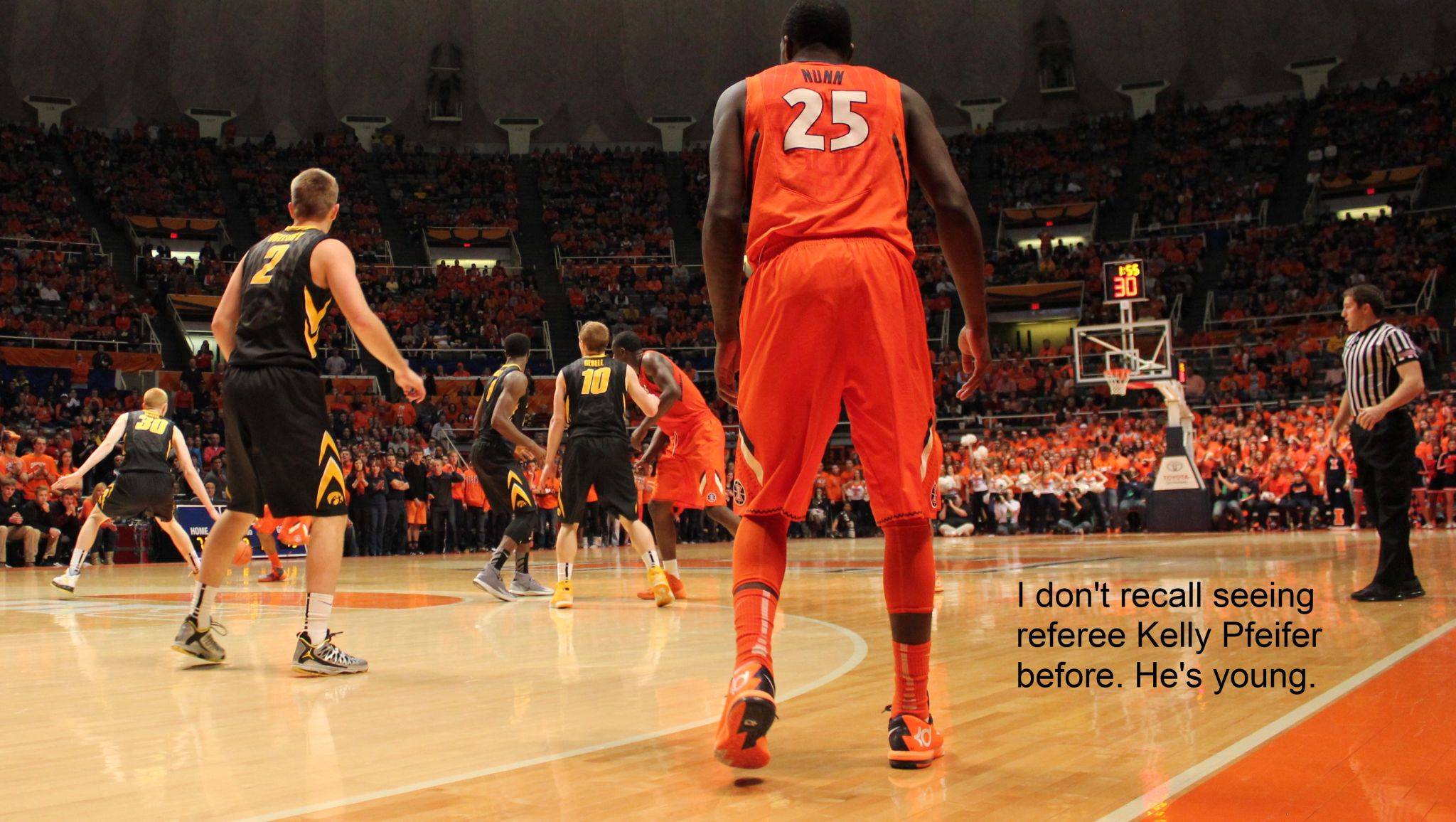
*The University of Illinois Division of Intercollegiate Athletics funds the maximum allowed scholarships in every sport it offers. Of 515 student-athletes, there are 258.5 scholarships distributed among 334 individual people.








